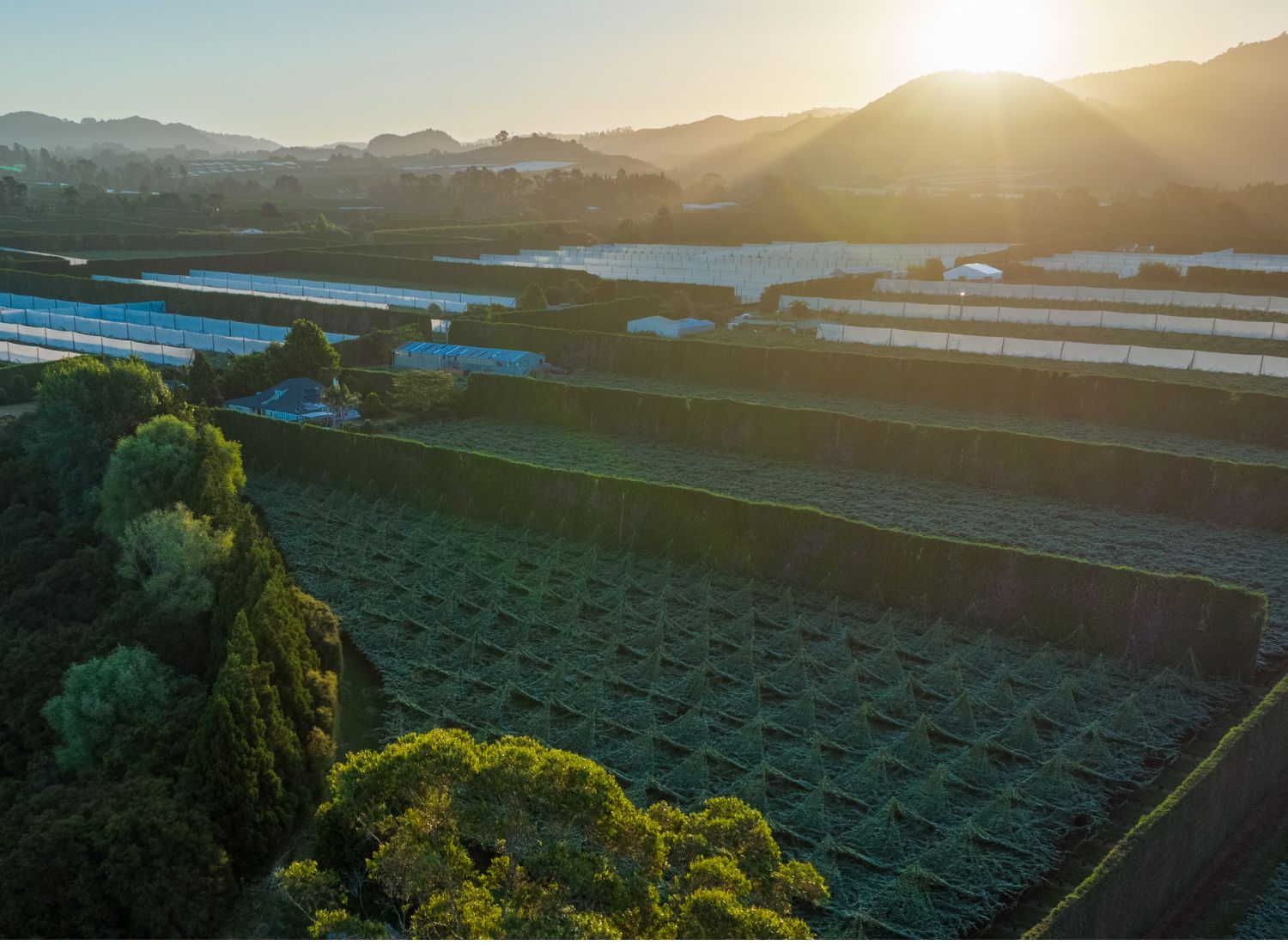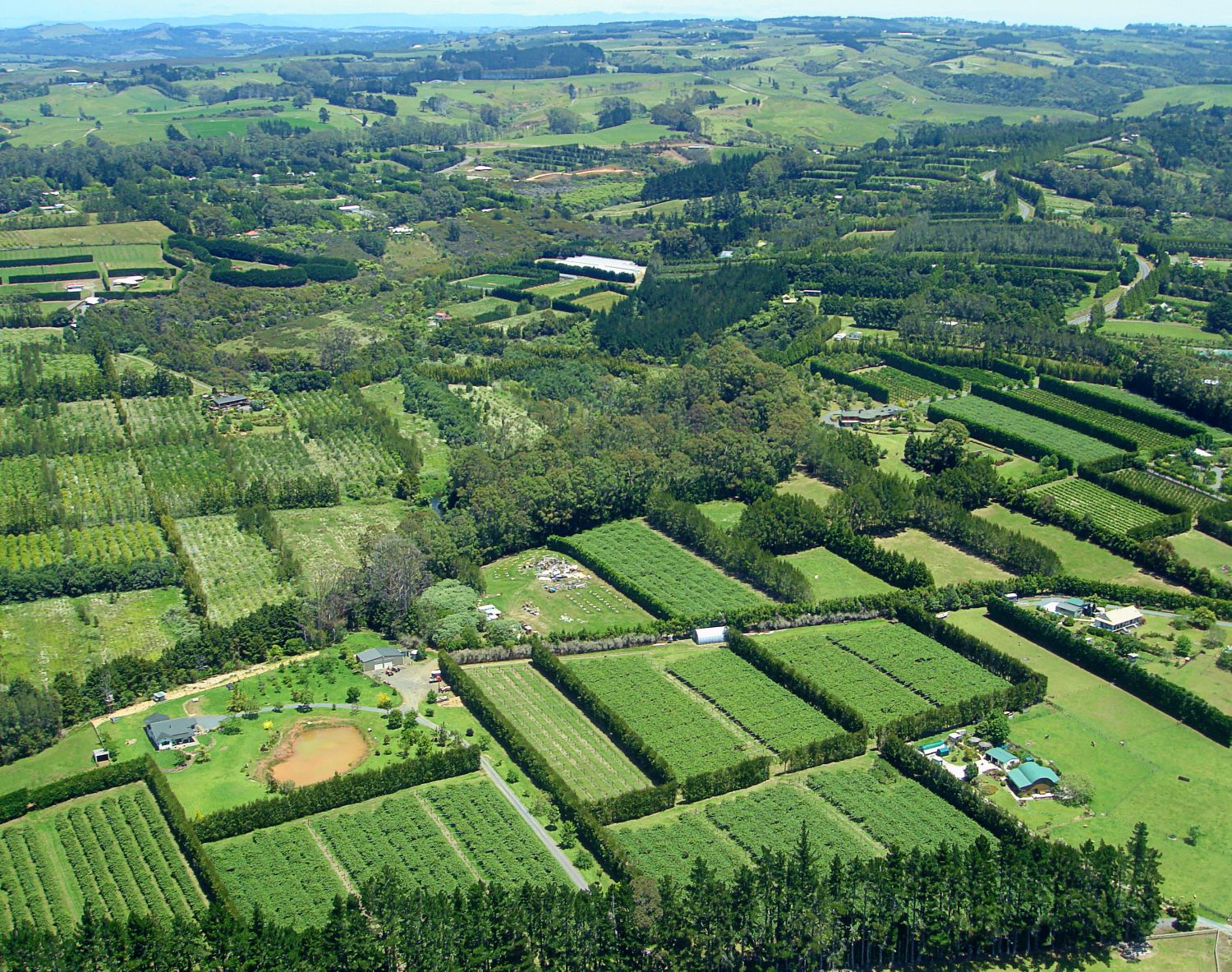Stuck in the Highly Productive Mud
The Environment Court recently released its decision in Blue Grass Limited v Dunedin City Council [2024] NZEnvC 83 which deals with the definition of Highly Productive Land (HPL) in the National Policy Statement for Highly Productive Land (NPS-HPL).
The Court has found that it is not open to applicants in consent processes to challenge the Land Use Capability (LUC) of their land as mapped by the New Zealand Land Resource Inventory (NZLRI), even if more detailed site investigations conclude that land is not LUC 1, 2 or 3. Put another way, land zoned rural that the NZLRI has mapped as LUC 1, 2 or 3 is ‘stuck’ as HPL for the time being, until regional councils introduce changes to their regional policy statements.
The Environment Court was tasked with answering the question of whether more detailed mapping undertaken by consent applicants since the commencement of the NPS-HPL (17 October 2022) using the LUC classification system could prevail over the identification of land as LUC 1, 2 or 3 as mapped by the NZLRI. This would in turn determine whether land is classified as HPL. The Court’s answer was no.
The NPS-HPL provides that regional councils must undertake mapping of HPL within its region and as soon as is practicable (but not later than 3 years from the commencement date of the NPS-HPL) notify a proposed regional policy statement that identifies all HPL by way of maps.
Regional councils are still undertaking this mapping and until this is completed cl 3.5(7) of the NPS-HPL sets up the interim definition of HPL as being land which “at the commencement date” of the NPS-HPL is (with some exclusions):
(i) zoned general rural or rural production; and
(ii) is identified as LUC 1, 2 or 3.
Dunedin City Council’s position was that the qualifier of “at the commencement date” in cl 3.5(7) means that the LUC mapping must have been in place at the commencement date. Its submission was that this creates a holding position for protection of HPL until the Otago Regional Council completes its long term mapping and undertakes a change to the RPS as required by clauses 3.4 and 3.5 of the NPS-HPL. That argument was accepted by the Court – the interim definition was intended to create a holding position protecting all land that may be classified as HPL by regional council mapping, until that mapping does occur.
Ultimately, what this means is that landowners and consent applicants are unable to undertake their own mapping of specific sites to seek to lessen the LUC of their land and therefore remove it from an HPL classification, in turn easing the consenting pathway. They must instead wait for the relevant regional council to notify a change to its regional policy statement relating to HPL, and then participate in that process if they seek to argue that their land is not HPL.
Alternatively, land owners and consent applicants will need to rely solely on the exceptions for use and development of HPL contained in cl 3.6, 3.8, 3.9 and 3.10. We expect applicants will seek to test the boundaries of these exceptions in light of this decision. Knowing the LUC classification of rural land as per the NZLRI mapping will have increased importance for purchasers considering potential development opportunities, given the restrictions the NPS-HPL contains and its lack of ‘wiggle room’.
If you require any assistance with or wish to discuss this decision or the NPS-HPL generally, please feel free to get in touch with a member of our specialist environment law and resource management team.











